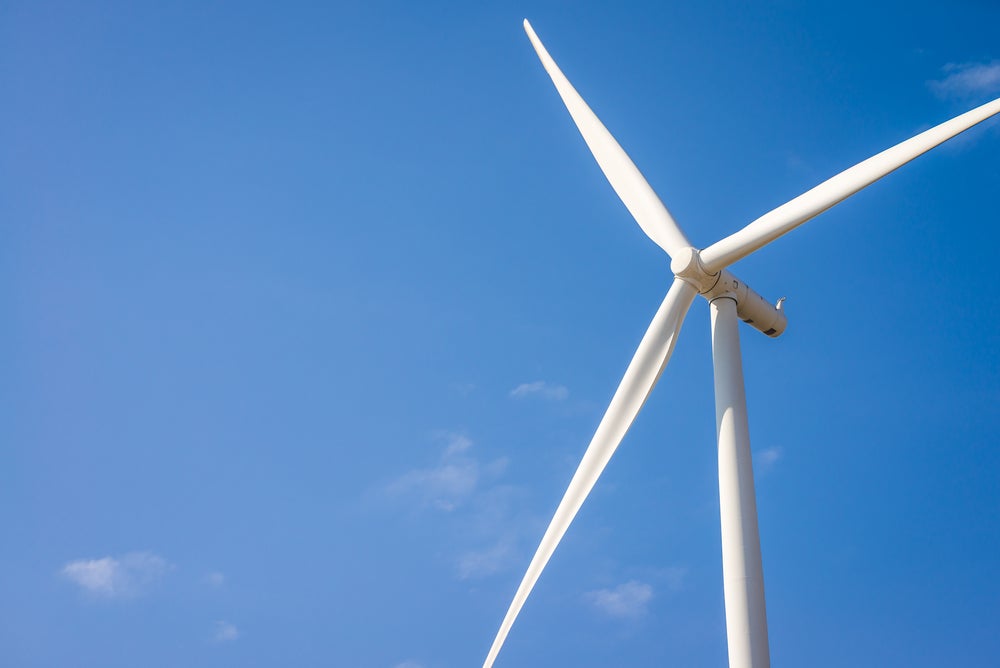
China has announced plans for a recycling system for wind turbines and solar panels to solve the industry’s growing waste problem.
The country’s National Development and Reform Commission has released guidelines to boost recycling of elderly wind and solar equipment. The new technical standards and polices for the wind and solar industries are being released with the aim of creating dedicated industry clusters across China by 2030.
These guidelines stipulate that manufacturers should design equipment that is easy to disassemble and recycle, while also making renewable energy manufacturers responsible for decommissioning equipment in an environmentally sustainable manner.
China is the world’s largest manufacturer of renewable energy equipment and is currently facing a wave of decommissioning as solar and wind equipment installed in the early 2000s reaches the end of its life.
Around 250GW of Chinese solar capacity and 280GW of wind capacity is expected to be retired by 2040, and if this equipment is allowed to go to landfill, vast swathes of soil and groundwater could be contaminated. Incineration of this equipment could generate significant carbon emissions and release toxic substances into the air.
Li Jiatong, a campaigner from Greenpeace East Asia, emphasises the importance of developing good recycling systems on the path to a green energy future.
“Guidance on how to effectively recycle parts is key since we will be seeing bigger waves of parts in the future,” said Li. “We need to start developing circular economies for renewable energy parts now, if we are to be ready for the future.”



